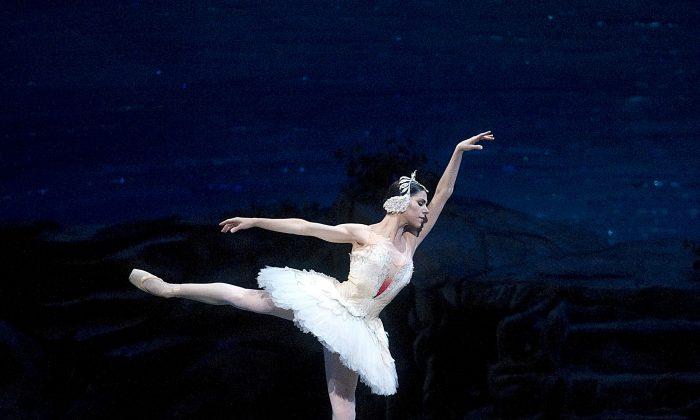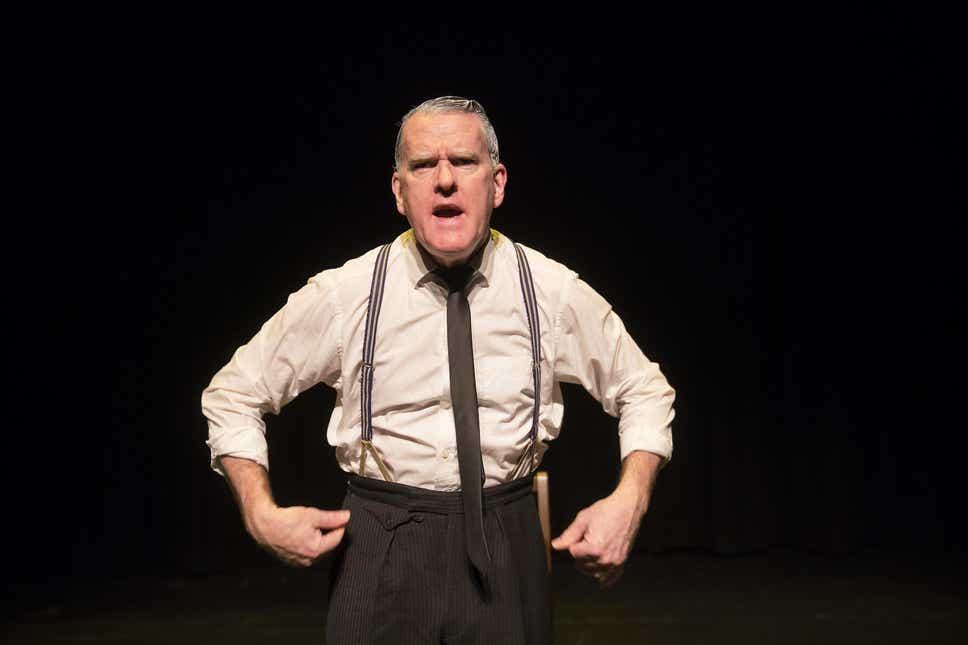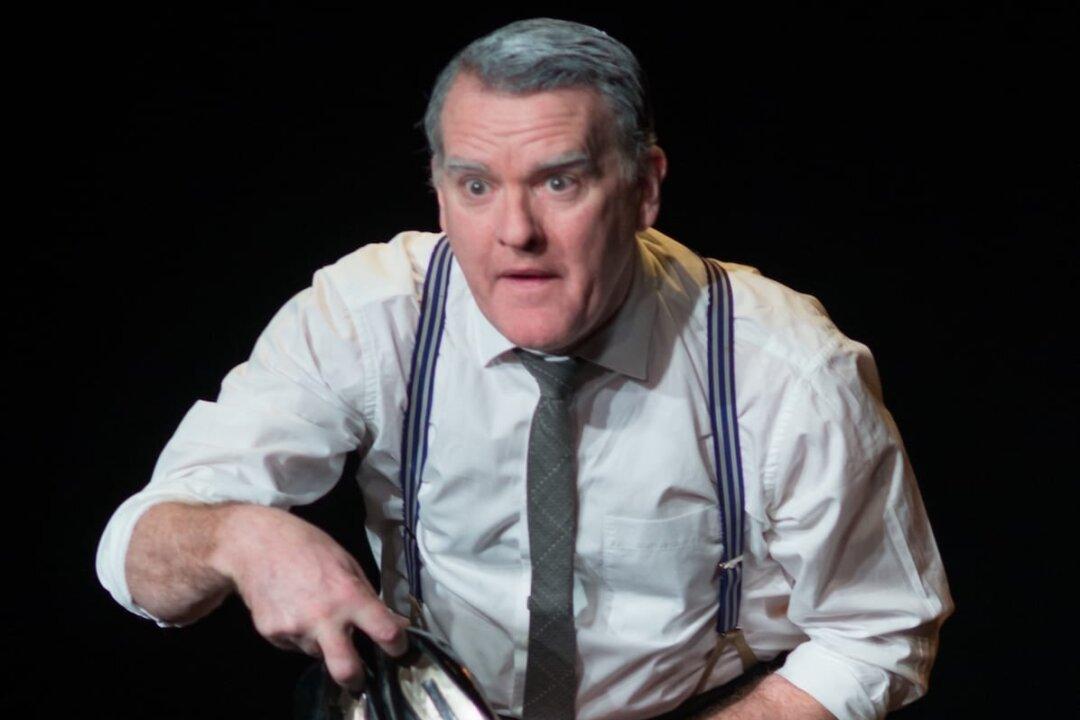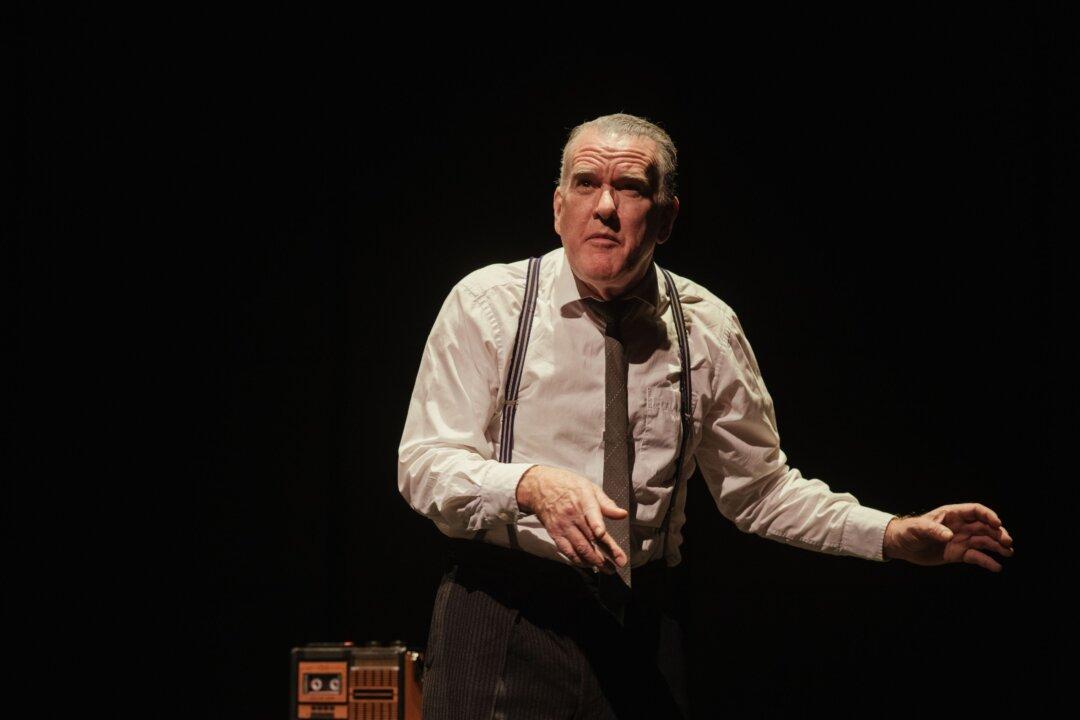NEW YORK—One of the world’s best-loved ballets, “Swan Lake” continued to exert its hold during June 17’s American Ballet Theatre performance, as part of its Spring 2014 season at the Metropolitan Opera House.
Arguably, this Romantic/classical ballet’s extraordinary complexity—fascinating characters, intense conflict, exquisite dances, delightful interludes, gorgeous musical score—accounts for its continued success with audiences and critics alike.
Its plot encompasses both reality and, possibly, fantasy. I say, possibly, for when the work is well played (and it is with ABT’s version , choreographed by its artistic director, Kevin McKenzie, after Marius Petipa and Lev Ivanov), the fantastic part merges with reality, and the viewer is caught up in the struggles of Prince Siegfried and his beloved Odette, which may mirror basic human struggles throughout history—love, with its various challenges.
The intricately detailed sets, including the mysterious lake setting, and costumes, by Zack Brown, with lighting by Duane Schuler, contribute to the overall power of this production, while the magnificent score by Peter Ilyich Tchaikovsky, with its passionate and often melancholy melodies, exerts its own dramatic spell. (Conductor for the evening’s performance was Charles Barker).
Prince Siegfried is not a cardboard prince. From the time he celebrates his coming of age birthday, in Act I, one is struck by his reluctance, his holding back from whole-heartedly entering the festivities at their most enticing.
James Whiteside, with a strong stage presence and technique to match, makes a potent mark as Siegfried. Even when the Queen Mother (Nancy Raffa) gifts him with an elegant cross-bow, he quickly loses enthusiasm. As if he hears the sounds of a different drummer, he quietly withdraws from the festivities and finds himself at the nearby lake. Here, he encounters a beautiful swan, who is really the woman, Odette (Paloma Herrera).
Learning from Odette that she is under the thrall of the evil sorcerer Baron von
Rothbart (double-cast with Patrick Ogle and Alexandre Hammoudi) and must find a human man who truly loves her to release her from her emotional imprisonment, Siegfried vows to rescue her and pledges his undying love. Their love is expressed in the exquisite Act II pas de deux in which Herrera shows her femininity and suppliance.
However, Herrera is somewhat pallid in her interpretation of Odette, noted possibly in her failure to fully extend her arms in her port de bras movements. This results in a diminished musicality, and thus a sense of incompletion, and slight discomfort, to this viewer, at least. Her feet, however, were delicately pointed and secure in the turns.
Overall, the interplay between Whiteside and Herrera was strong, particularly because he demonstrated full attentiveness and caring in the couple’s work together, particularly in the demanding lifts and in his careful support of his vis-à-vis in her pirouettes. Whiteside’s tour jetes were powerful and accurately formed.
As cygnets and a group of swans, under their swan queen Odette, the corps de ballet was nothing short of exquisite. Their movements in unison were perfection itself, as they interwound and created beautiful patterns in space. This is a superior corps!
Back in the Great Hall, a number of ethnic dances are demonstrated, including a Hungarian czardas, a Spanish dance, a Neopolitan, and a Polish mazurka. These interludes serve to break the tension of the difficult love struggle, as well as allowing various ABT dancers to demonstrate their skills.
But here evil interposes, as, at von Rothbart’s instigation, the wily, sensual Odile (played, as per tradition, by Paloma Herrera) enters for the purpose of enticing Siegfried away from the gentle Odette. Here, Herrera excels, demonstrating a much-desired “bite” in her approach to this role.
And she delighted the audience in her performance of the famed 36 fouette turns.
Siegfried’s betrayal of Odette, though unintentional, causes Odette to throw herself into the lake, at which Siegfried loyally follows, thus vanquishing von Rothbart at last. Happily, the two lovers are last seen, together, high above earthly concerns, finally united in their love.
“Swan Lake” is followed by performances of “Shakespeare Celebration,” marking the Bard’s 450th birthday, and consisting of Frederick Ashton’s “The Dream,” inspired by “A Midsummer Night’s Dream,”and Alexei Ratmansky’s “The Tempest.” The season closes with two performances of “Coppelia” on July 5.
Diana Barth writes and publishes New Millennium, an arts publication. For information: [email protected]






Friends Read Free